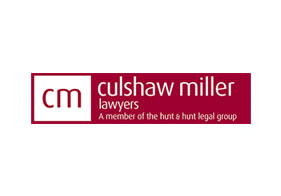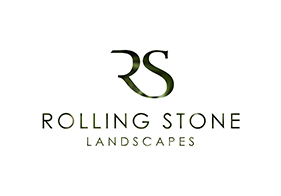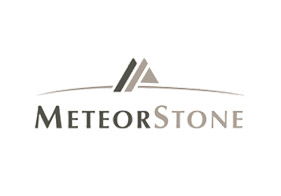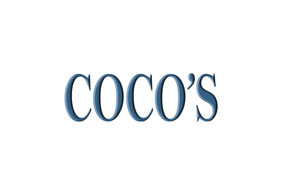As with many aspects of the internet and all it involves, web design is a professional skill and an industry constantly evolving.
As new technologies become available regarding how internet users access and consume content online and as the visual elements of websites advance.
What looked to be a state-of-the-art website a mere 6 months ago, may already begin to look aged.
You can still find websites where the copyright symbol has a year from the noughties next to it, or if you search on the site ‘Wayback Machine’, you will see websites that are the equivalent of recently discovered artifacts and antiques and appear as though they belong in a museum, rather than online.
This all points to the fact that web design never stands still and that every year there are new concepts, web design developments, and technologies that need to be used to create a modern website. You will find many of these new web design techniques trending, whereby more web designers include them in the new websites they are creating and for 2023, here are seven of those current web design trends.
Inclusive Websites
Everywhere you look these days, you will find that inclusivity is becoming an increasingly common term used within multiple industries, and rightly so. Although it can apply broadly, it is most associated with creating products and services that can be accessed, used, and enjoyed by everyone, including those with disabilities.
How inclusivity is achieved via web design will include extra-large fonts for those who might have issues with their sight, and for those with hearing is impaired, a web designer will seek to use videos with captions. These and the other ways of making websites more accessible are positive both for the users and the business as it is an opportunity to have a wider audience experience their website.
Providing Immersive Experiences
This is a scenario where huge technological advancements allow web designers to include features classified as “immersive”. The term covers a range of elements that provide interactivity on a website and allows visitors to have a more meaningful and enjoyable engagement, which is important for SEO purposes, given Google’s desire for positive user experiences.
Specific examples of immersive technologies in web design include virtual or augmented realities, which can be used across several fields, including entertainment, e-commerce, and education. Websites with these kinds of interactivity are proving to be extremely popular, giving them an advantage over websites that have not embraced this technology.
Websites And Web Pages In Dark Mode
Those who might not know any better or who have never heard the term “dark mode” used in web design might think it has some evil connotation, but in reality, it is not as sinister as it might sound. The dark mode has gained popularity to a significant degree over the past few years and shows no signs of waning in 2023.
To clarify, a dark mode within web design is the practice of creating either specific web pages or entire websites with a black or dark grey background and white text. This is obviously the opposite of most websites and provides a dynamic and very modern appearance that can pay huge dividends in user satisfaction.
Asymmetrical Designs
It might help the understanding of this if we first think about symmetrical designs that utilise two identical design elements. This was a popular trend back in the day, but that popularity has waned in recent years, which is why asymmetrical web design is now what web designers are focused on.
Asymmetrical designs allow web designers to be more expressive and creative when creating web designs. They can also be more experimental with websites altogether they must tread a fine line between dynamic web designs and the usability of a website and ensure they do not go too far at the expense of functionality.
3D Graphics Including 3D Animations
3D graphics have been around for some time, although it is true that their use in web design is a relatively recent trend. What the use of 3D graphics and animations achieves for a website’s design is to provide more dimension and depth to what users are experiencing when they view the site.
This can range from something as simple as a small 3D animation to a fully immersive 3D experience that utilises technology such as 3D headsets. The use of 3D graphics should not be overwhelming and also not cause the website’s load speed to be severely diminished.
Minimalist Website Designs
Some of you may remember the days when you could land on a website’s home page and be presented with a veritable array of features, numerous links to click, dozens of arrows, multiple colours, and flashing graphics. Such was the sheer number of distractions on those websites it is a wonder how they achieved anything other than making their visitors feel queasy.
Today, the pendulum has swung fully in the other direction, where minimalist designs are in vogue. This means modern website designs are simpler and cleaner, often to the extent of being elegant, and they are also easier to navigate than ever before, meaning a user experience is greatly enhanced.
Voice Control And Commands
Much of what we have discussed has related to the visual aspects of web design, but as has happened repeatedly, modern technologies change how websites function. In this instance, Voice User Interfacing (VUI) is causing the change.
VUI is increasingly being used and indeed embraced by today’s internet users, as witnessed by the likes of Siri and Alexa units being purchased in large numbers. On websites, VUI can be used as part of the accessibility elements so those users who cannot input via keyboards can interact with a website. It also provides a hands-free way to interact with everyone else.























